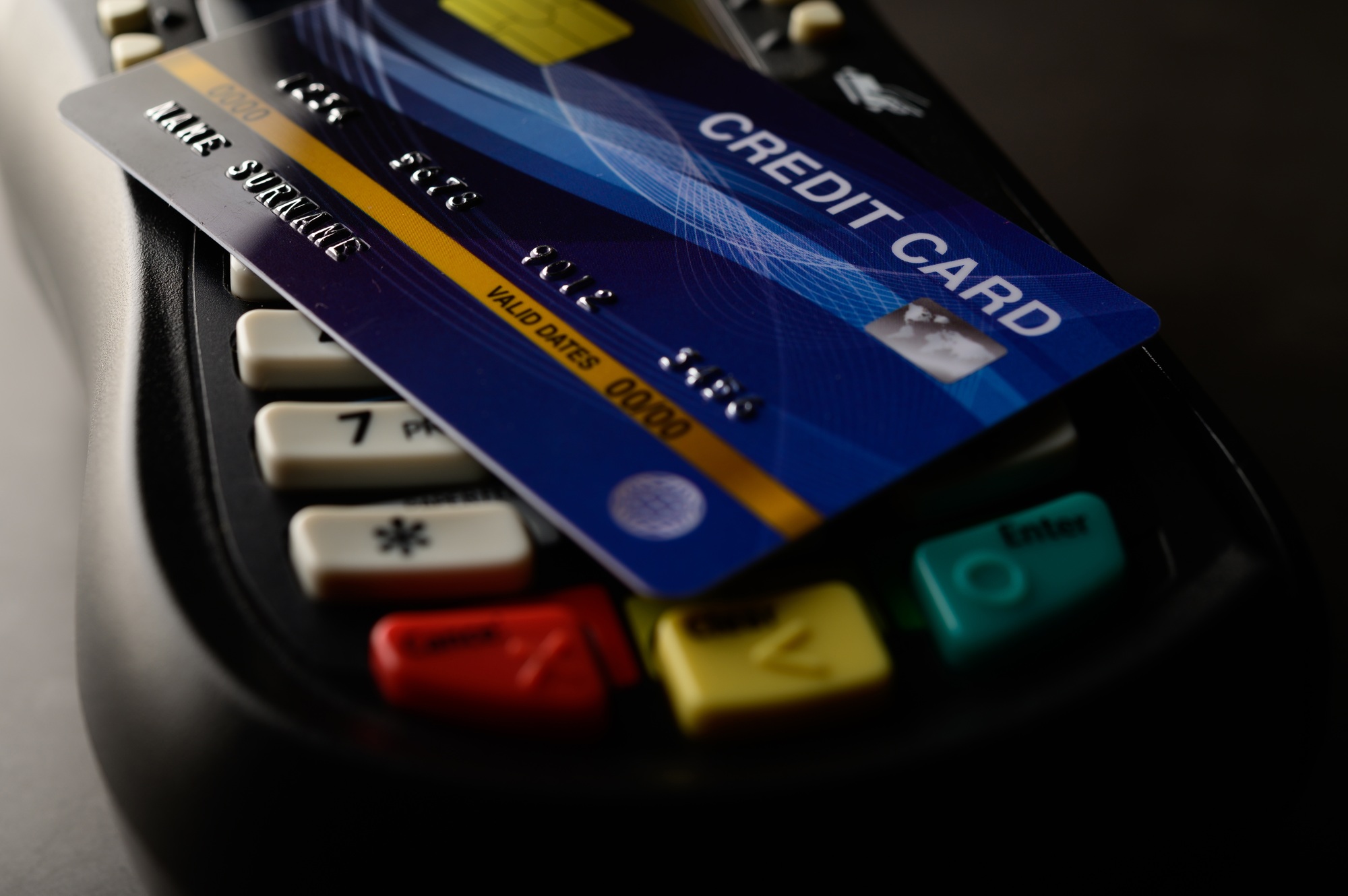As consumer credit card debt in the United States continues to soar, with the Federal Reserve reporting a staggering $930 billion owed by American households as of mid-2023, the need for effective debt management strategies has never been more critical. Credit cards, while offering convenience and rewards, can quickly spiral into unmanageable debt if not handled wisely. Understanding how to pay off credit cards strategically can lead to significant financial benefits and peace of mind.
Market Impact
Recent trends indicate that rising interest rates are exacerbating the burden of credit card debt. With many credit cards charging annual percentage rates (APRs) that can exceed 20%, the cost of borrowing has increased dramatically. According to analysts, consumers are now paying nearly $1,000 a year just in interest on unpaid balances. This scenario underscores the importance of developing effective repayment strategies to mitigate the financial strain.
Debt Snowball vs. Debt Avalanche
Two popular methodologies for paying off credit card debt are the debt snowball and debt avalanche methods. The debt snowball method advocates for paying off the smallest balances first, which can provide a psychological boost and increased motivation as early debts are eliminated. In contrast, the debt avalanche method prioritizes paying off debts with the highest interest rates first, ultimately saving the borrower more money in interest payments over time.
Financial experts often recommend the debt avalanche method for those focused on long-term savings. A case study from financial consultancy firms reveals that consumers utilizing the debt avalanche method can save up to 30% on interest compared to those using the debt snowball. However, the choice ultimately depends on the individual’s psychological preferences and financial goals.
Cost-Effective Payment Strategies
For consumers eager to optimize their repayment tactics, utilizing balance transfers can be an effective solution. Many credit card companies offer promotional periods with 0% APR for balance transfers, allowing borrowers to move existing balances to a new account and save on interest costs. However, analysts caution that it is essential to read the fine print, as late payments can result in the loss of promotional rates, and balance transfer fees typically range from 3% to 5%.
Additionally, automating payments can ensure timely reimbursements, which helps maintain a positive credit score. A recent survey noted that 75% of consumers utilizing automated payments successfully managed to keep their credit utilization below the ideal threshold of 30%, a key factor in maintaining a healthy credit score.
Resetting Spending Habits
Another vital aspect of paying off credit card debt is reassessing spending habits. Behavioral finance expert Dr. Helen Fielding emphasizes the need for consumers to track their spending to identify unnecessary expenses that can be curtailed. By creating and adhering to a monthly budgeting plan, individuals can redirect funds that would otherwise contribute to discretionary spending toward paying down their credit card debt.
Expert Opinion
According to financial advisor John Davis of Wealth Strategies Group, “Paying off credit card debt is not just about the amount owed but also about understanding consumer behavior and emotions. Many individuals accumulate debt out of impulse rather than need. Taking a proactive approach to spending and repayment can mitigate future financial distress.” His insights serve as a reminder that building responsible financial habits is fundamental to long-term success in managing credit card debt.
What’s Next?
With the impending economic climate suggesting further interest rate hikes in the coming months, the urgency for consumers to develop effective credit card repayment strategies remains high. As more individuals and families grapple with rising costs of living, being informed about and implementing debt repayment techniques will be instrumental in achieving financial health.
In summary, while credit cards can be helpful financial tools, they can also lead to significant debt if not managed properly. By choosing a strategic debt repayment method, utilizing cost-effective solutions like balance transfers, and reassessing spending habits, consumers can navigate their way out of debt. The journey to financial stability may be challenging, but with the right tools and strategies, it is possible to regain control and pave the way toward a more secure financial future.








